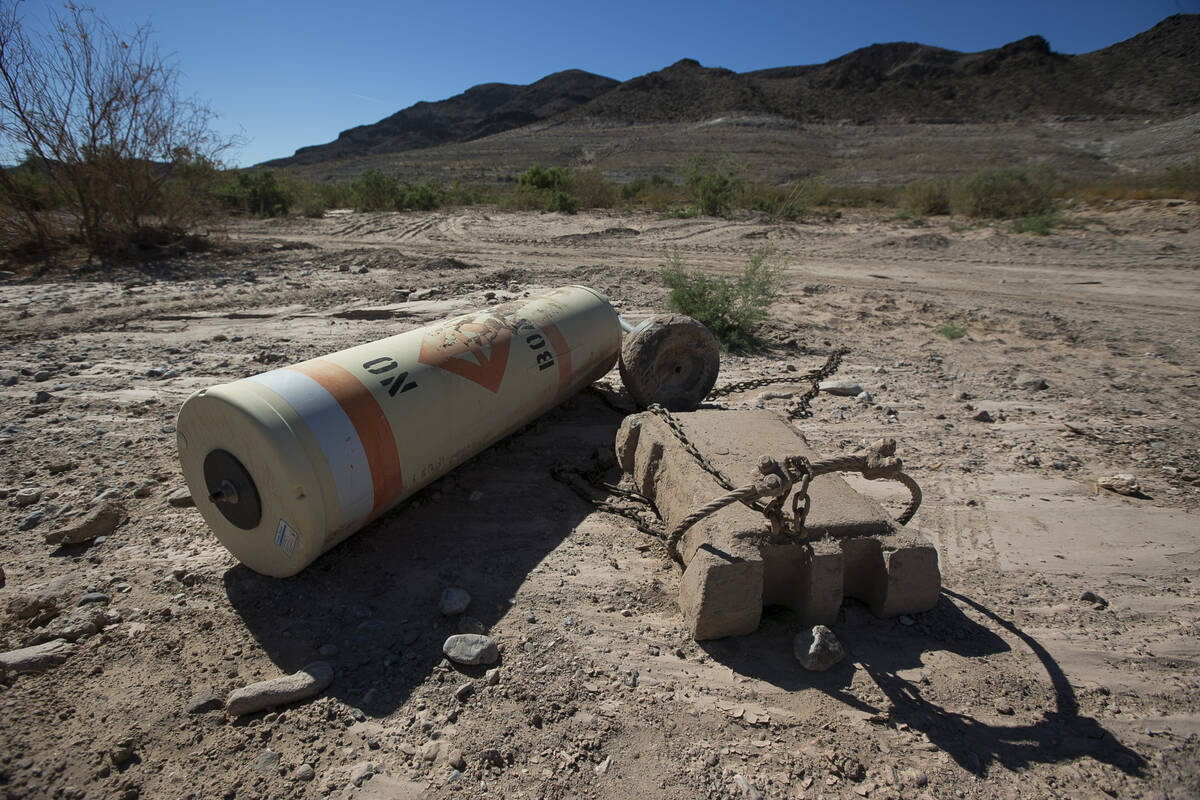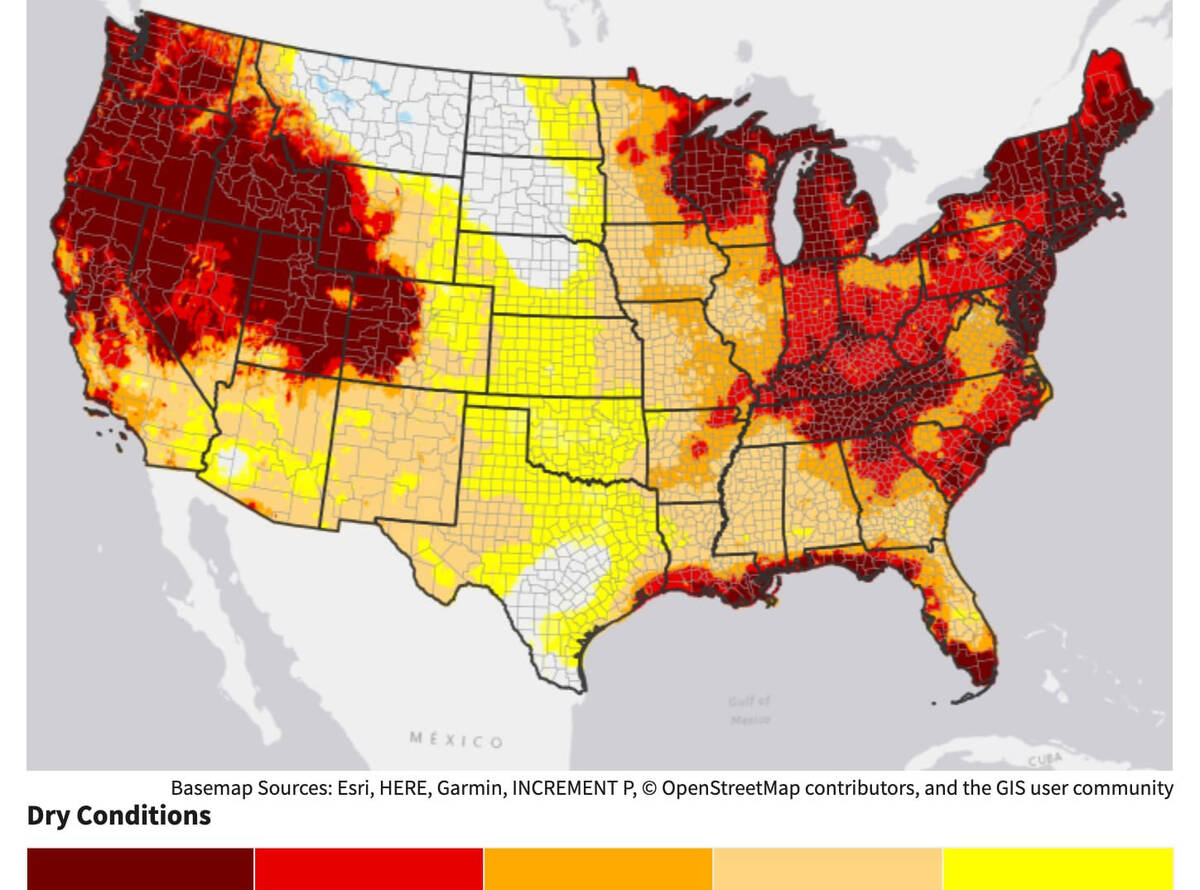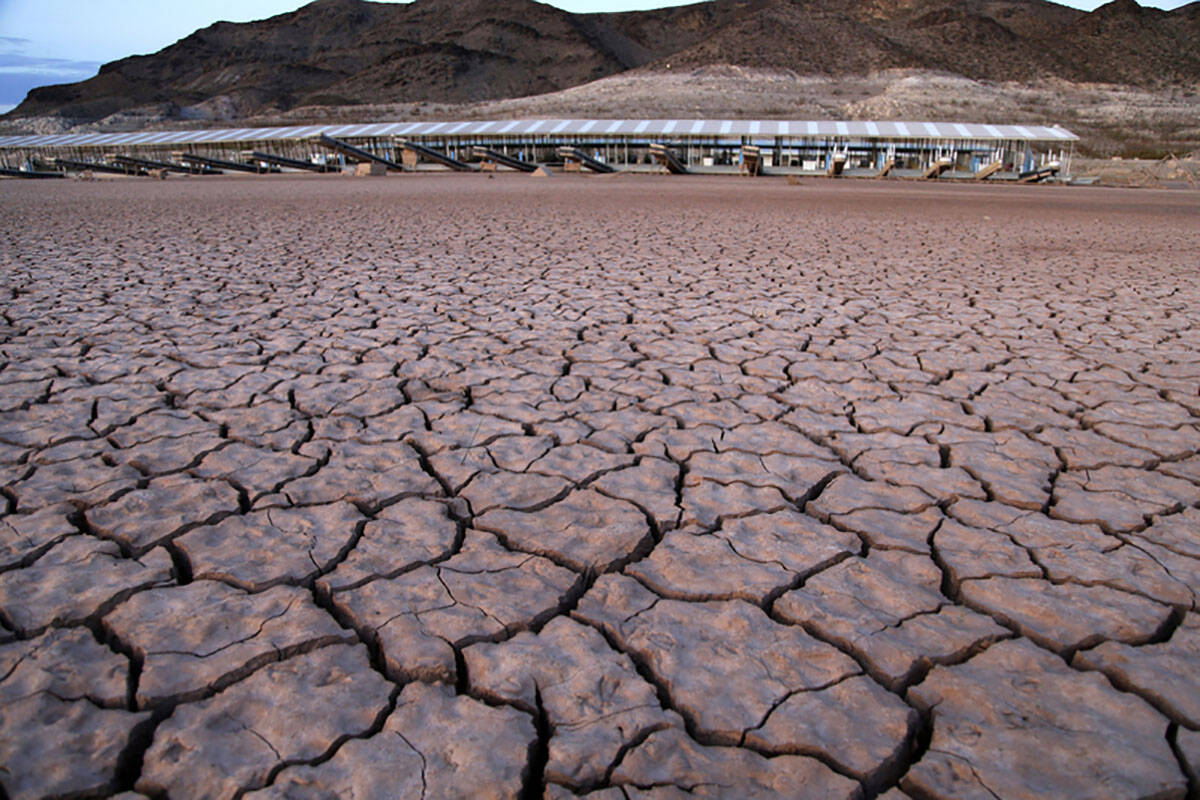Will rainfall stay in Las Vegas? This tool forecasts evaporation every day
Heavy rain is a rare sight in the arid Las Vegas Valley. When it does come, it can be hard to tell whether that water will stick around.
With a handy tool, anyone can keep track of water lost to the atmosphere.
The Evaporative Demand Drought Index forecast, one of the instruments made available through the National Integrated Drought Information System, is an interactive map updated daily with two- and four-week classifications for the entire country. Ranging from wetter conditions to the driest, it maps out predictions of how much water will evaporate into the atmosphere based on factors like temperatures, wind strength and humidity.
Most of Nevada is dark red on the map for the next month, signaling dry conditions to come. This follows a trend of increasingly dry conditions across the Southwest as drought persists, said John Abatzoglou, a professor at University of California, Merced who studies climatology.
“That is effectively saying that in the next four-week period, we’re expecting the things to be thirstier than they typically are,” Abatzoglou said. “That doesn’t always translate to drier, but the atmosphere is thirstier.”
Rather than focusing exclusively on supply — or rain levels — when trying to understand drought, the index allows demand — or atmospheric conditions — to be taken into account, he said.
D4, the most extreme classification, translates to drought conditions that would only occur 2 percent of the time on average, compared with historical values, Abatzoglou said. The worst of moisture loss is expected to hit Northern Nevada, though the southern part of the state is still considered D1, which corresponds to drought conditions that have historically happened 20 percent of the time.
Warmer atmosphere, less available water
One of the most direct effects on the water supply is influence on snowpack in the Rocky Mountains, he said. More demand from the atmosphere can correlate to a weaker snowpack, thus reducing the amount of water available from the Colorado River, the supplier of about 90 percent of Southern Nevada drinking water.
The same four-week period last year brought much cooler and wetter conditions, Abatzoglou said, allowing for California to build up a historic snowpack. That likely won’t be the case this year, he said.
A warmer atmosphere can cause water to fall as rain rather than snow. Water also can be lost directly from the snowpack because of a warmer atmosphere, Abatzoglou said.
Negotiations for how Colorado River water is appropriated amid a shrinking water supply continue to escalate as states approach a 2026 deadline to create a new set of rules.
If the current pattern continues into the summer, there could be a heightened risk of wildfires as vegetation is dried out, Abatzoglou said. When there is more evaporative demand, lawns also need to be irrigated more.
As residents of the driest state in the country, Nevadans should take evaporative demand seriously when trying to understand drought, Abatzoglou said.
“We got bailed out last year with a wet year,” he said. “But this rising, latent tax on our water budget through evaporative demand is legit. And that’s an additional, longer-term call for concern.”
Contact Alan at ahalaly@reviewjournal.com. Follow @AlanHalaly on X.
























